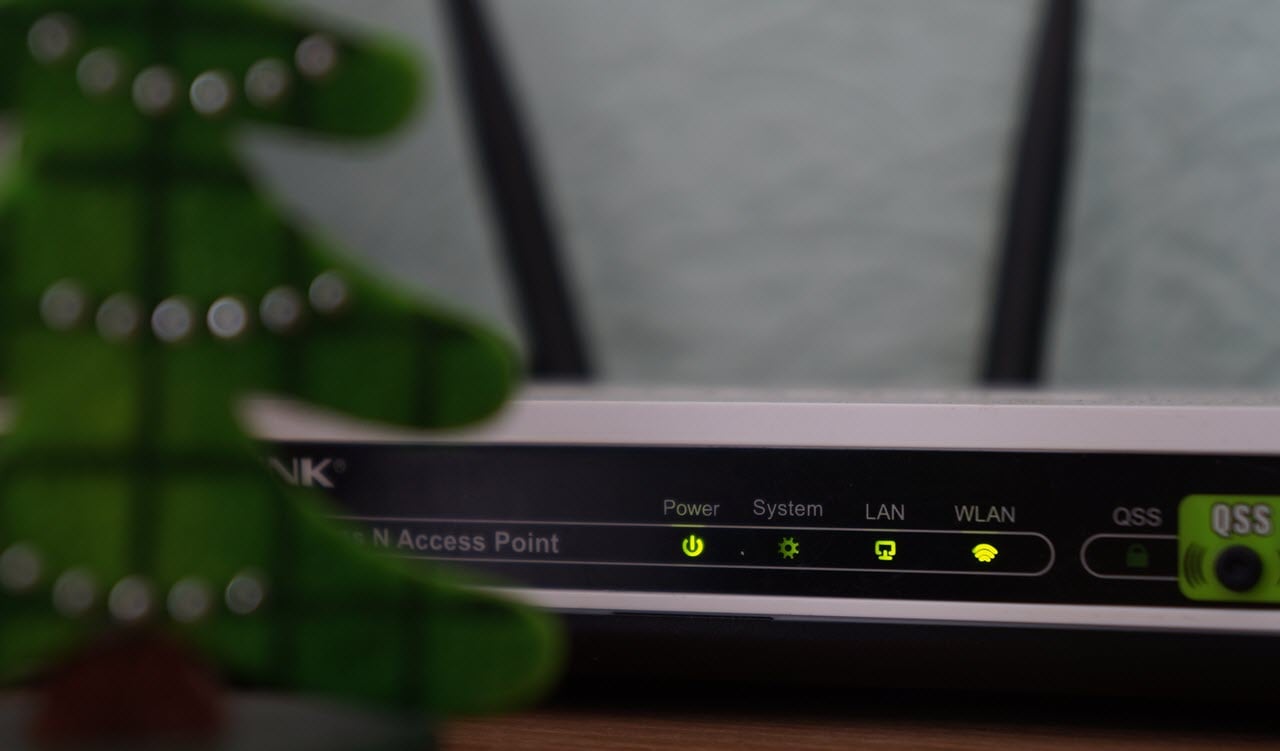The Spanish National Police and Civil Guard arrested a hacker responsible for over 40 cyberattacks on high-security targets and government organisations in Spain and the US. The targets include the US Army, the United Nations, NATO, the International Civil Aviation Organisation, the North Atlantic Treaty Organisation, and multiple Spanish government agencies, among others.
The unnamed suspect was nabbed in the town of Calpe (Alicante) and has claimed responsibility for attacks on multiple cybercrime forums as well, frequently changing monikers to avoid detection. According to a press release from the Spanish police, the suspect “had extensive knowledge of computers and had managed to set up a complex technological network through the use of anonymous messaging and browsing applications.”
Their latest attack was carried out at the end of December 2024 and managed to access two databases of the Civil Guard and the Ministry of Defense. Additionally, the National Mint and Stamp Factory, the State Public Employment Service, the Ministry of Education, Vocational Training and Sports, various Spanish universities, as well as databases of NATO, the United States Army, the General Directorate of Traffic, the Generalitat Valenciana, the United Nations, the International Civil Aviation Organisation were among their international targets.

During a search of the hacker’s house, police seized computer equipment currently being analysed by specialists, with the possibility of additional criminal activity very much under consideration. They also had over 50 cryptocurrency accounts with different coins and assets.
Investigation into the suspect started in early 2024 after a Madrid business association’s stolen data appeared on a dark web cybercrime forum. After this, the hacker carried out “various cyberattacks against other entities, public bodies, and even Spanish universities” and international private and government organisations using as many as three pseudonyms.
The primary source of attacks was the hacker’s access to databases with the personal information of employees and clients and documents sold or freely distributed on cybercrime forums. The suspect had set up a network using anonymous messaging and browsing apps, hiding their tracks at each step to evade detection.
In the News: Salesforce emails used in massive Facebook phishing attack






